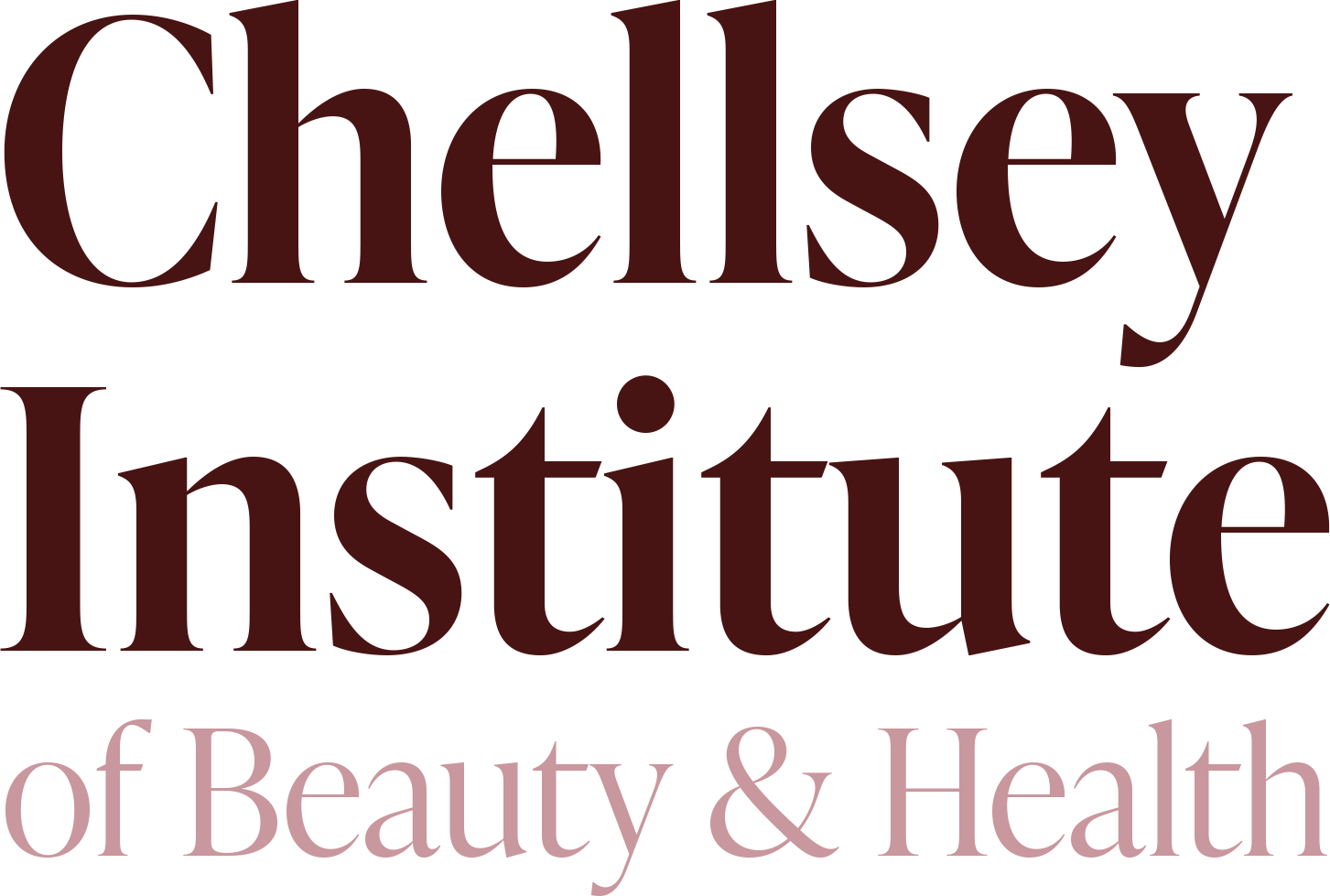Balayage, Highlights & More: Essential hair coloring techniques every aspiring Hairstylist should know
If you’re starting your journey in hairstyling, mastering popular hair coloring techniques is a must. Knowing the difference between balayage, highlights, and other coloring methods will set you apart as a skilled stylist and help you deliver exactly what your clients want.
Highlights
Highlights are one of the most classic and widely requested coloring techniques. Using foils, sections of hair are lightened to add brightness and contrast. Highlights can be thin or thick, creating different effects—from subtle dimension to bold streaks. Learning how to place highlights strategically will help you enhance your client’s features.
Balayage
Balayage is a freehand painting technique that creates a natural, sun-kissed look. Unlike traditional highlights, balayage doesn’t use foils; instead, the color is painted onto the hair’s surface for a softer, blended finish with less obvious regrowth lines. It’s perfect for clients who want a low-maintenance, effortlessly beautiful style.
Other techniques to know
● Ombre: A striking style where hair gradually transitions from dark roots to lighter ends. It requires precision in blending for a smooth gradient.
● Babylights: Very fine, delicate highlights that mimic natural, subtle lightening. Great for clients who want a soft, glowing effect.
● Lowlights: Adding darker strands to give hair more depth and dimension—essential for balancing multi-tonal looks.
● Global Color: Applying a single, uniform shade all over the hair. A foundational skill for stylists offering full-color services.
Why learning these techniques matters
Each coloring method requires different skills—like sectioning, color placement, timing, and blending—to achieve beautiful, lasting results. As a hairstylist, mastering these techniques will boost your confidence, expand your service offerings, and help you meet your clients’ unique needs.
Ready to start?
If you’re passionate about hairstyling and want hands-on training in coloring and cutting, consider enrolling in a professional hairstyling course. You’ll learn from experts, practice on real clients, and build the skills needed for a successful career.

